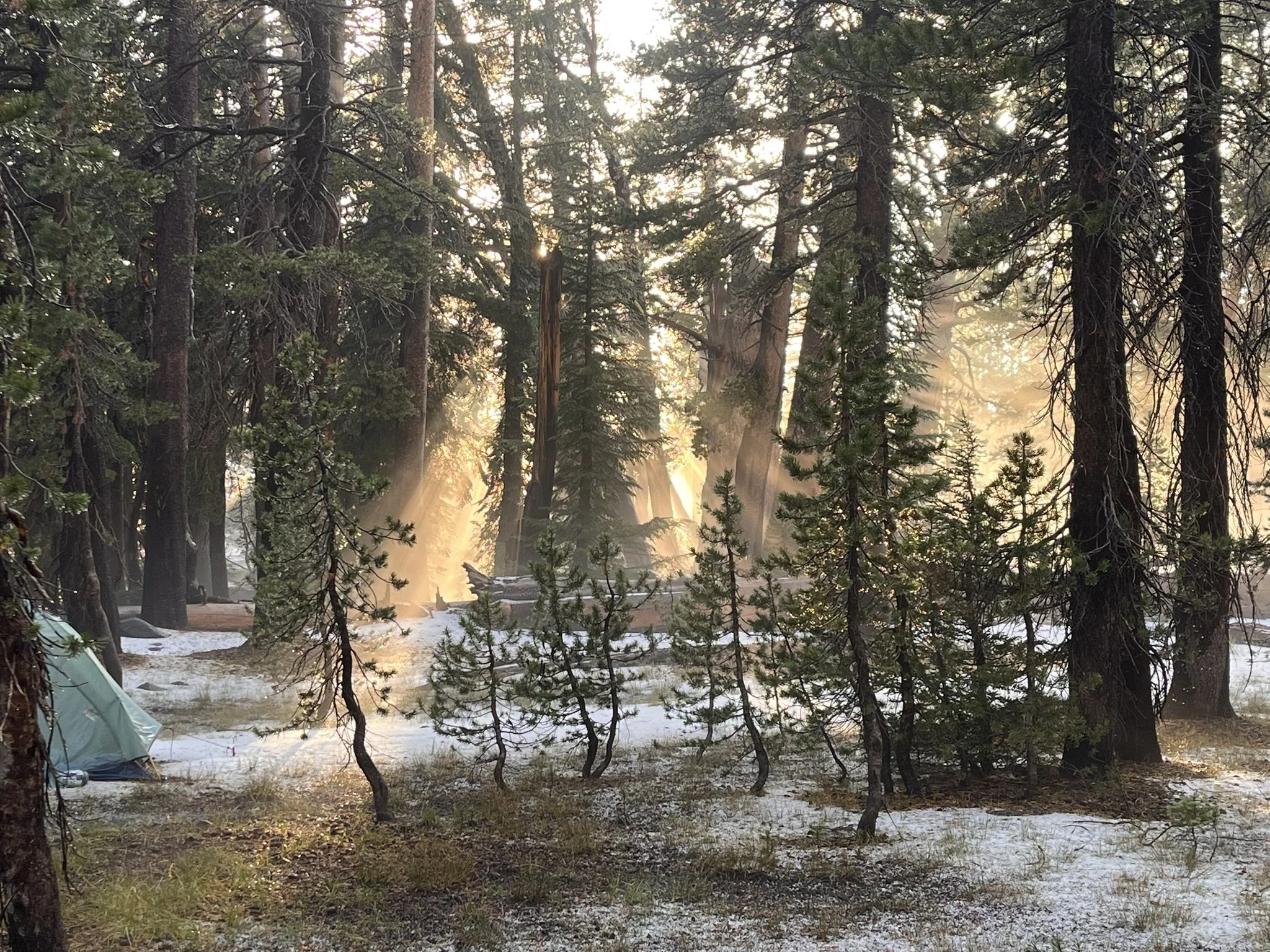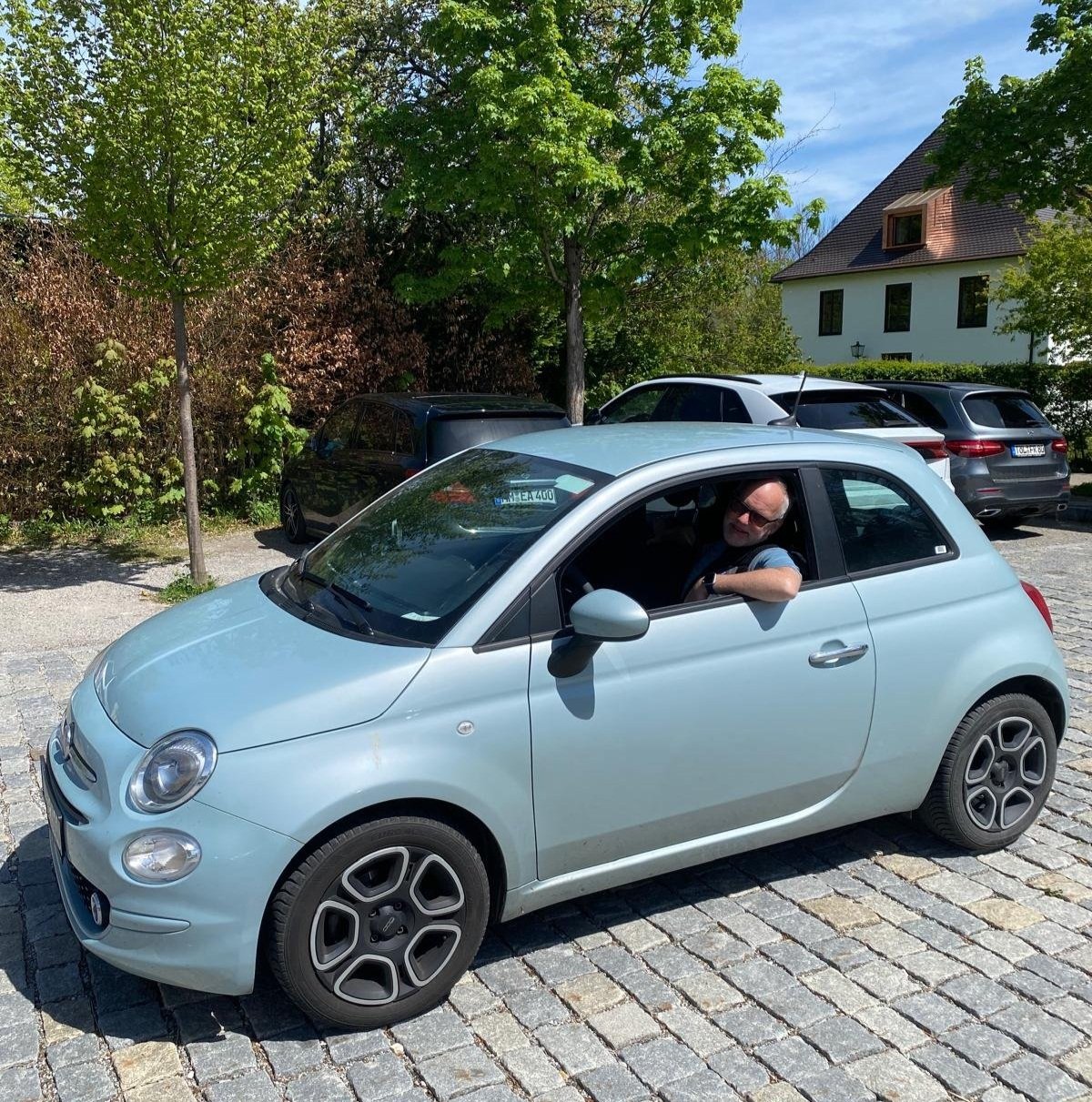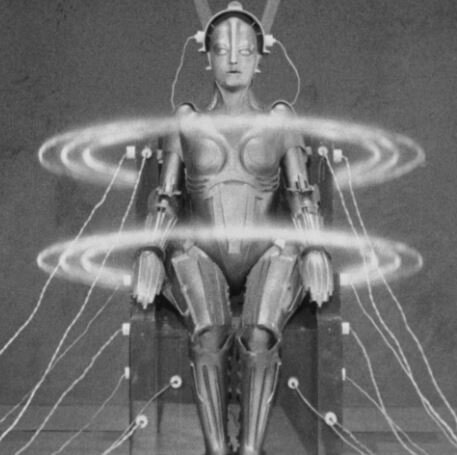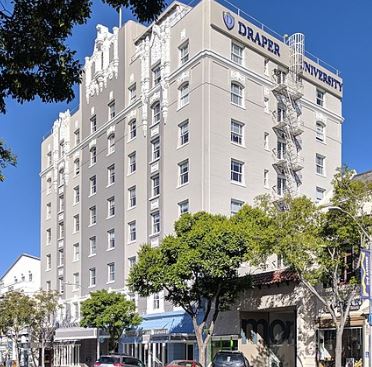What Happened to the Singularity?

I still remember the key takeaway from the 2014 conference entitled, “iHuman: The Future of Minds and Machines” in San Mateo. Keynote speaker Steve Jurvetson, a celebrated local VC, showed a graph illustrating Silicon Valley’s infamous Moore’s Law – computer chips double their number of transistors (and thus in effect, their performance) every 1-2 years. Jurvetson took this principle a step further, predicting that Quantum Computing will move us into the era of “Moore’s Law Squared”. In his graphs, the famous Singularity, the point in time where the computer starts to outsmart the human (and then maybe minutes later, the collective intelligence of the entire human race), was only a few years away.

Nearby, at NASA’s Ames Research Park in Mountain View, Singularity University was doing brisk business, welcoming gifted individuals from around the world to its annual 10-week Graduate Studies Program each summer. The aim of the program was to "to assemble, educate, and inspire a new generation of leaders who strive to understand and utilise exponentially advancing technologies to address humanity's grand challenges." Speakers included Craig Venter, Vint Cerf, Sebastian Thrun, Elon Musk, Reid Hoffman, and even Buzz Aldrin! Both Google and Microsoft were big sponsors - Larry Page commented, “If I was a student, this is where I’d want to be.”
I’ve always viewed the prophecy of an impending Singularity with a dose of skepticism. By 2014 it had already become quite obvious that computers were no longer doubling in performance every year, and Quantum Computers were a pipe dream then, and are not really much more useful even now. Singularity University had honorable goals, but in the end could not compete with our more traditional powerhouse universities, Stanford and UC Berkeley. By 2019, even before Covid could shut it down, Singularity University lost most of its sponsors and had to move out of NASA’s campus – it still exists today but its programs are short and far less ambitious.

I had pretty much forgotten about everything Singularity until November 2022, when ChatGPT entered the public consciousness. The rate of progress in AI seemed exponential, with the prospect of AI teaching AI being just around the corner (in fact, it is already happening in some areas). Are we closer to the Singularity now? Maybe a bit, but a new challenge is emerging - we may soon run out of high-quality training data for those Large Language Models (LLMs). All the data stored on the Internet is being sucked up to create ChatGPT 5.0. What about the version after that? The Singularity will be delayed...
In the meantime, NASA’s Ames Research Park in Mountain View is gaining a new tenant: the $2B Berkeley Space Center, spanning 36 acres and 1.4M square feet of office/research space – a collaboration between NASA, UC Berkeley, and private developers. In other news, futurist and Singularity University co-founder Ray Kurzweil, who first popularized the concept of the singularity with his 2005 book, “The Singularity is Near” just released his latest book. It’s titled, “The Singularity is Nearer.”
more from Our Blog Archive:




























